IP rating
- Posted on
- By RYANNE
- 0

When picking the right lighting, there are a number of things to consider. Of course, the light colour is important. In your living room, you probably want more ambient lighting than in your workplace. With energy costs in mind, wattage is also important.
Another factor to consider is the environment in which you plan to use the lighting. Perhaps you are looking for outdoor lighting for your new porch or nice spotlights for your newly renovated bathroom. In that case, it is important that the lighting offers a certain degree of protection against dust and water. For this, you look at the IP value of a lamp.
Which IP light rating do you need?
- What's an IP Rate?
- LED spots IP20 indoors
- What's IP 44 meaning
- IP 65 rating meaning
- IP rating for bathroom lights
IP stands for Ingress Protection. This is a value that indicates the extent to which electrical equipment is resistant to dust and moisture. The IP rate consists of two digits. The first digit is a measure of the protection against the ingress of dust. The second number indicates the extent to which the device is waterproof.
The degree to which a device is protected against the penetration of dust is indicated by a number from zero to six. A device with a value of zero does not have any protection. A device with a value of six is 100% dust-proof.
As mentioned, the second figure is a measure of the water resistance of a device. Zero means that a device does not have any protection against moisture. Eight, the highest value, stands for a completely waterproof device that can be used even under water.
Below in the IP value table you can see a complete overview of the different IP values:
Dust
- IP0X - no protection
- IP1X - protection against contact with objects larger than 5 cm, such as a hand
- IP2X - protection against contact with objects larger than 1.25 cm, such as a finger
- IP3X - protection against contact with objects larger than 2.5 mm, such as a wire
- IP4X - protection against contact with objects larger than 1 mm
- IP5X - fairly dust-free
- IP6X - 100% dust resistant
Moisture
- IPX0 - no protection
- IPX1 - protection against vertical drops
- IPX2 - protection against drops at an angle of up to 15°
- IPX3 - protection against splash water * at an angle of up to 60°
- IPX4 - protection against splash water from every angle
- IPX5 - protection against spray water ** from every angle
- IPX6 - protection against powerful spray water and waves
- IPX7 - temporary protection against immersion (30 min)
- IPX8 - complete protection against immersion
In our assortment you will find LED lights with three different IP values: IP20, IP44 and IP65. Below we explain what these values stand for and which IP value you need for your specific situation.
* splash water = protected against splashing water, for example rain
** spray water = protected against water jets, for example from the shower.
Should you be looking for more in-depth information on the different protection codes, you can find this information via the IP code from Wikipedia page.
Informations about LED spots IP20 indoor
A spot with an IP20 value is only intended for dry rooms. The spot is not protected from dust. For example, an IP20 spot sometimes has holes to keep it cool. However, the spot is protected against contact with objects larger than 12.5 mm, such as your hand or finger.
For example, are you looking for a downlight for the living room or in the bedroom? Then an IP20 spot is ideal. In the living room you normally do not have to worry about dust or moisture near the ceiling and so you get away with an IP20 spot.
IP44 meaning
IP44 Led lights are resistant to dust and moisture to a limited extent. The light is resistant to contact with objects larger than 1 mm, such as steel wire and tools. The light is also protected against splash water from all directions. This means that you can use an IP44 spot without problems in the bathroom or as a porch lighting. Note: the IP44 spots cannot be suspended over a closed shower cubicle. For this you need IP65 spots.
IP65 meaning
Our IP65 spots are ideal as bathroom lighting. These spots are completely dust-proof and provide protection against contact with live objects. In addition, the spots offer protection against both splash and spray water from all directions. Ideal as bathroom lighting! Note that the spots are not completely watertight and you cannot immerse them in water. For pond lighting or pool lighting you will have to look at a higher IP rate.
IP value bathroom zones
As we already mention above, both IP44 and IP65 spots are used in the bathroom. The IP rate you need depends on the "zone" in the bathroom where the spot will be placed. A bathroom can be divided into three different zones.

- Zone 0 - Minimum IP value: IP67
- Zone 1 - Minimum IP value: IP44; IP65 recommended
- Zone 2 - Minimum IP value: IP44
Anything outside these three zones is formally called zone 3. In principle, no specific IP value applies to this. Nevertheless, we recommend always using at least an IP44 spotlight in the bathroom. This gives you matching spotlights and better protection against steam.
Questions?
We hope that this blog has made you a little wiser about the different IP rates. Do not you come out anyway? Do not hesitate and contact one of our LED specialists. This can be done by calling us on +31 (0)85 303 0027 or by sending an e-mail to [email protected]. Often you can also speak directly with our specialists via the Live chat on our site.

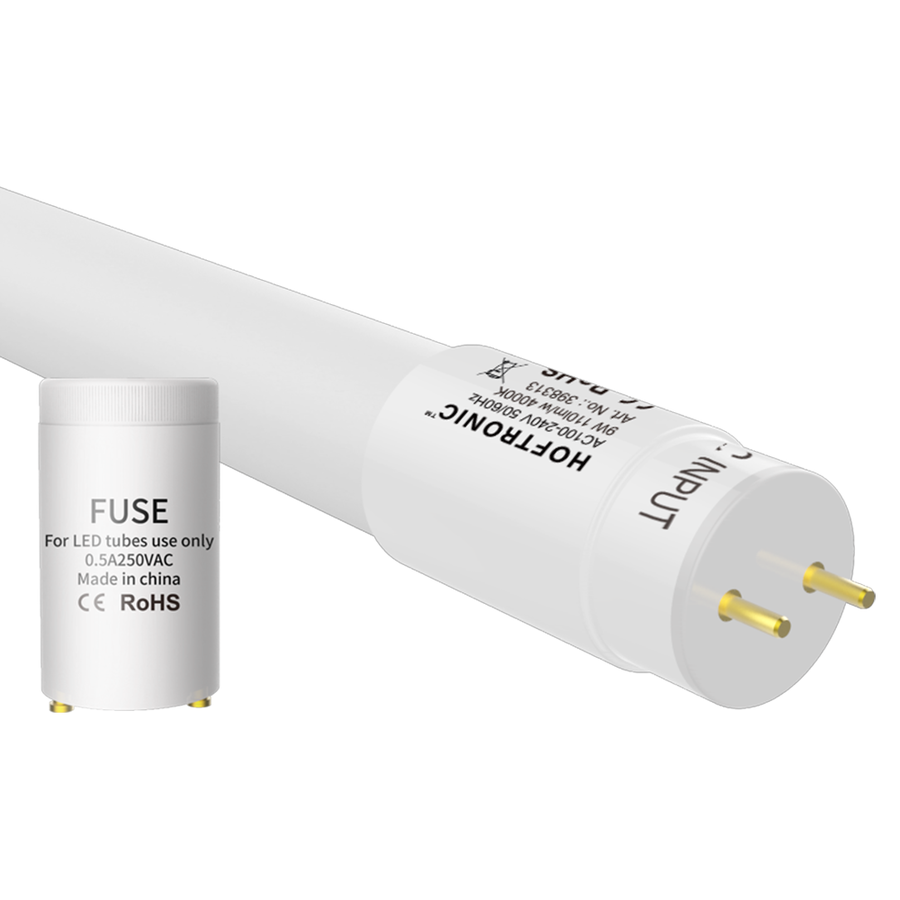
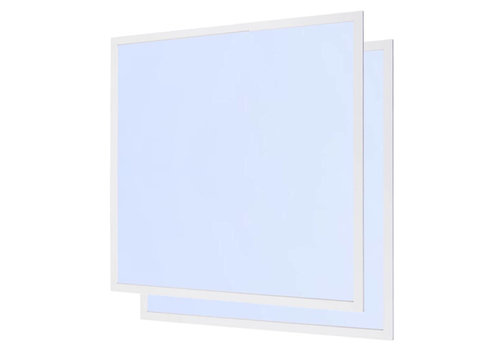
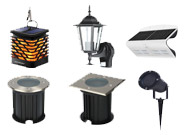
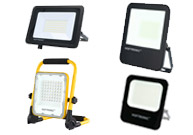

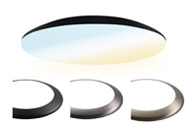
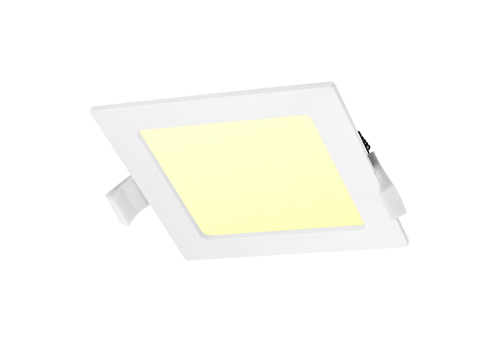
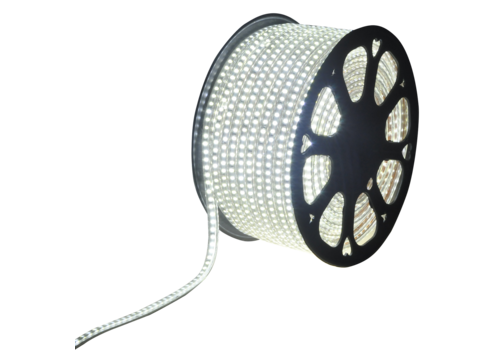

Hello into-led.com owner, Your posts are always well-received and appreciated.